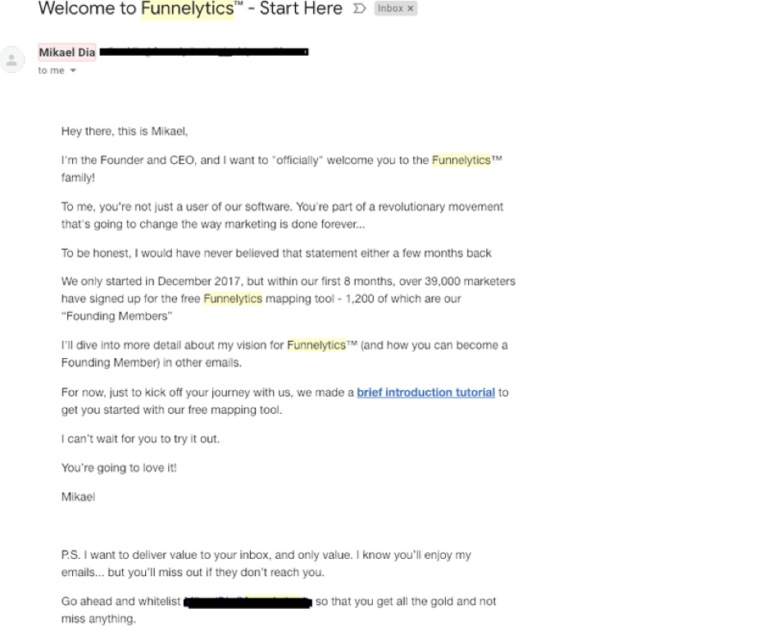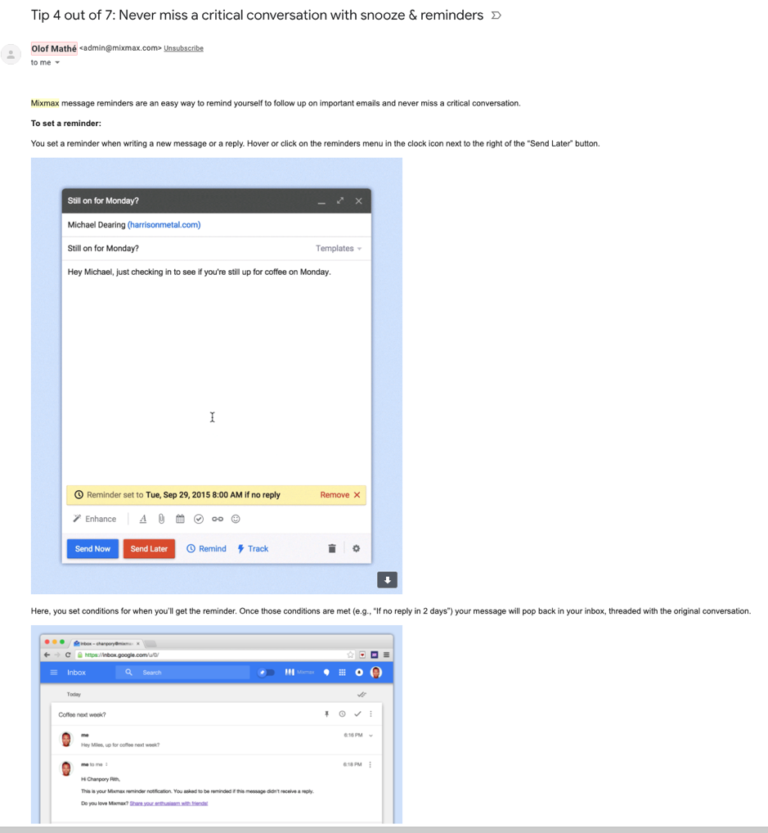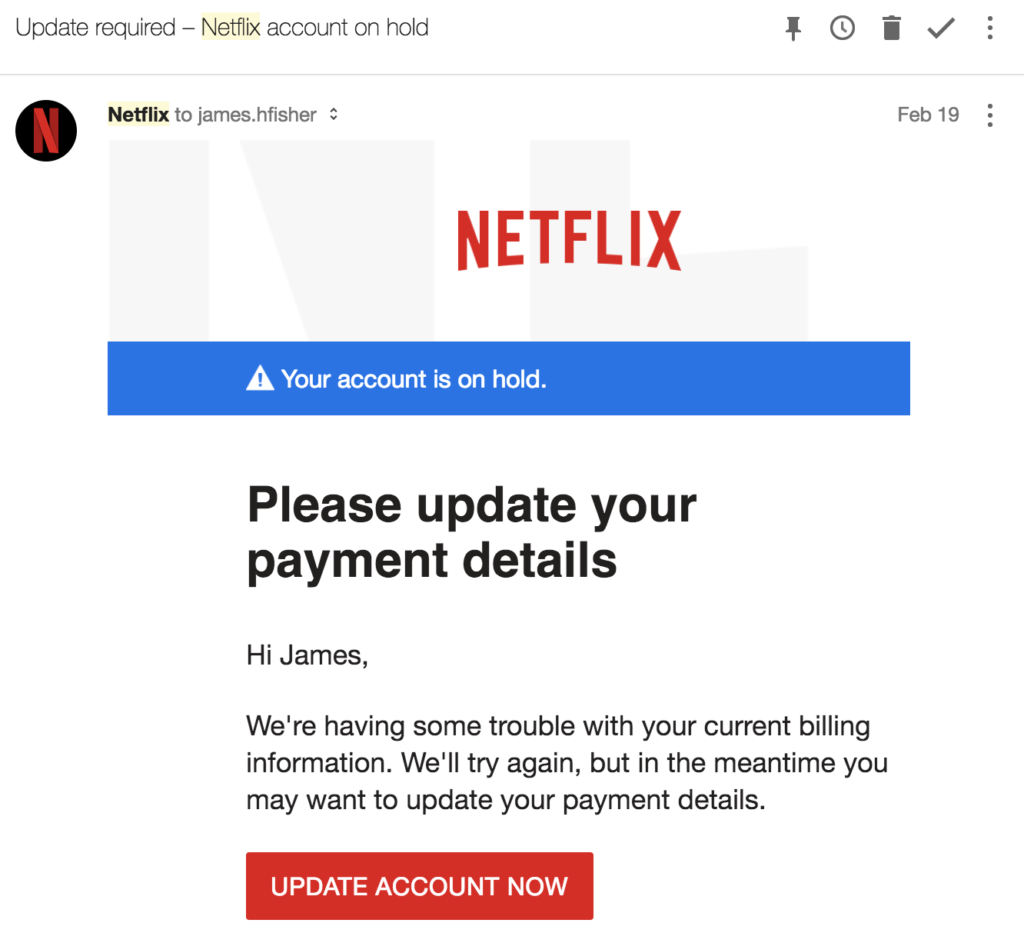12 examples of transactional emails to boost sales and retention

According to Epsilon, transactional emails are 69% more likely to be opened than marketing emails, and 165% more likely to be clicked.
So, you’re missing a lot if you aren’t implementing transactional emails into your overall marketing strategies. No matter if you are an e-commerce business, SaaS product, or IT company – transactional email can be leveraged to onboard, upsell, and retain your customers.
If you’re not familiar with the term, transactional emails are triggered by a particular user action or flow, and are sent automatically. This means things like welcome emails, trial expiry notifications, and even password resets.
In this article, we’re going to cover 12 best examples of transactional emails, key takeaways, and different situations where you should use them.
We will segment our examples into different categories by use case:
- Welcome emails
- User activation emails
- Trial expiry emails
- Payment emails
- E-commerce emails.

From developing integrations to strategic support, from creating creative concepts to optimizing results.
Welcome emails
Welcome emails are one of the most important emails you will ever send to your target audience. They help you engage new signups and form early relationships, and are actually expected by customers as a way to get next steps.

Welcome emails should be concise, helpful, and explain:
- Your uniquevalue propositions
- How thecustomer will benefit from you
- Next steps
Airbnb keeps it simple:

Besides simple welcome emails that just push for account activation, you can also use this opportunity to offer an incentive to your new users and build a relationship.
Here’s how Kate Spade uses the first touch with a customer to take advantage:

Offering incentives in your welcome emails can help convert faster, which is great to boost revenue from new users by getting them to a key activation milestone.
Moreover, welcome transactional emails can also be used to briefly explain your company’s mission and give further steps to your customers.
Just like Funnelytics:

Activate more users withtransactional emails
Transactional emails play a significant role in user onboarding, and product tours too. If you’re a SaaS or any other type of IT company, onboarding your new customers with the help of transactional emails will definitely improve your activation and adoption rates – there are few better ways to nudge customers in your funnel to the next step.
Transactional emails can be:
- Triggered byactivating/non-activating some particular feature or in-app experiences
- Triggered bythe user’s behavior
- Triggered bytime scope (i.e. – 4 days after the user starts using the product, or 3 daysbefore the trial ends).
Briefly, user onboarding is the process ofeducating your new (and existing customers) on how to use your product. In thatway, we’re improving our trial to paid conversions and retention rates. It’susually done with the mixture of showing different in-app experiences andtransactional emails.

Your desired outcome for every user is to graduate beyond the final product adoption stage and become a long-term successful user. But that can’t be possible without the user getting past the rocky evaluation and trial stages, where transactional emails play a big role.
Usually, user activation transactional emails are sent as a nudge when users don’t activate a particular feature or reach a set milestone.
Here are a couple of transactional email’s use cases around activation:

Here MixMax uses transactional emails to giveproduct usage tips to its users. Each of these tips references a secondaryfeature that the user would have to otherwise chance upon.
As we mentioned above, transactional emails can also be a great way to reactivate users who never hit a basic in-app milestone, like finalizing account creation..
For example, the perfect use case for this is to send a user activation email if your user didn’t do something that needs to be done before seeing your product’s initial value. This is usually adding code snippets into their product or importing their database..
Here’s how Albacross used an inaction-based email to reactivate users:

Boost your revenue withend-of-trial transactional emails
The end of a trial is a decision moment for auser. Or, more likely the decision happens long before the last day, and a usercould end up losing most of their free days due to inactivity.
Since this type of transactional email is in direct correlation with your revenue and retention, it’s worth setting up a flow for trial users which re-engages and educates throughout the trial, not just at the start and when the free days are over.
As well as hooking would-be users back intothe product, an end-of-trial email could be a way to gather valuable feedbackfrom users who simply weren’t won over.
Let’s see how a couple of companies send these emails to boost their conversions, improve retention and harvest valuable feedback.

As you can see, Baremetrics uses a clean andstraight-forward message for users who didn’t convert.
On another hand, Reportz is sends its transactional emails 3 days before the trial actually ends. It asks users to fill in the payment methods or, if users still have doubts about the product, to schedule a 1 on 1 demo with their support representative.

Pro tip: There is a subcategory of end-of-trial transactional emails that we like to call “Reconnecting with lost users”.
You can define lost users however you want, but for most of the companies, lost users are defined as having been inactive for over 15-30 days after trial’s end.
Transactional emails can be a good way to reconnect with them, engage with them, and finally convert them.
Here’s how Drift uses these transactional emails to reconnect with lost users:

Reduce churn with “PaymentFailure” transactional emails
There are two types of churn:
- Active churn
- Delinquentchurn
Active churn happens mostly because your users decide to leave your product – either because they can’t afford it anymore, or because they don’t like it.
On the other hand, delinquent churn is more of a technical nature. It usually happens because of a credit card expiration or bank issue.
Fortunately, you can try to fix this. One of the best ways for this is through transactional emails.
Here’s how G Suite combats churn:

Or, if you’re in the B2C industry, here’s an example from Netflix:

Improve your e-commerce saleswith transactional emails
Transactional emails can play different rolesin e-commerce overall marketing and sales campaigns.
You can use transactional emails for:
- Failedpayment (like we mentioned above)
- Differentdiscounts and promos
- Abandonedcheckouts
Cart abandonment is a frequent ecommerce problem, and the reasons behind it aren’t always clear. It could have been abandoned after seeing the final calculation of cost + shipping, or just forgotten about on a rushed day.
According to SaleCycle, nearly half of all abandoned checkout transactional emails are opened, while more than a third of them actually end up with purchasing.

In this image, we can see how DoggyLoot uses the transactional emails to handle abandoned checkouts.
Here’s what a good abandoned checkout transactional email should have:
- Great copy – make sure that you’re communicating with your customer’s on your brand’s voice – after all, they are a huge fan of you
- Have clear call-to-action buttons – be sure that your readers don’t miss the CTA. Always let them know what exactlythey need to do.
Another good trick to boost your abandoned checkout conversions is to offer a little discount, like Hello Nomad.

The Bottom Line
Regardless of your product’s goals – to reduce churn, improve feature adoption, or onboard new users – transactional emails aren’t a silver bullet for every situation but can be used in orchestration with other user engagement tactics to support product marketing milestones like activation and retention.